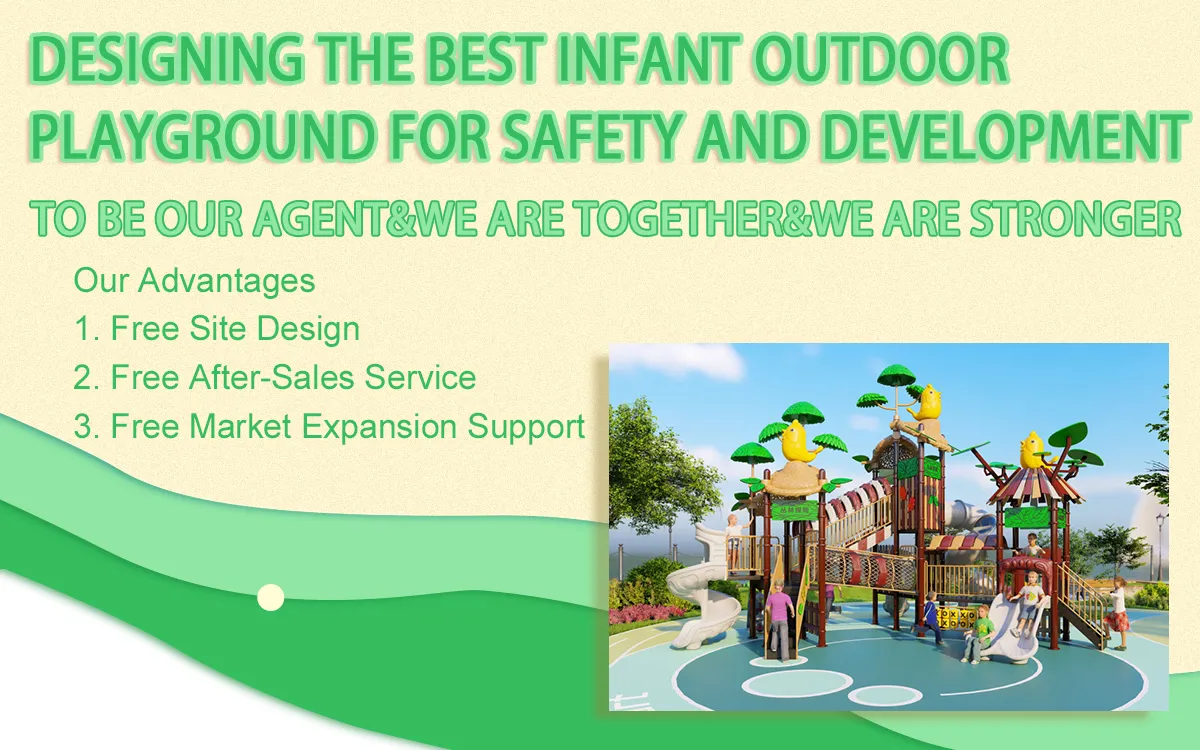
Designing The Best Infant Outdoor Playground For Safety And Development
Is Your Infant Outdoor Playground Safe Enough for Development?
When designing an infant outdoor playground, the primary concern is safety. Without the right materials and design, the playground can pose serious risks for injury, which can impede a child’s development. The consequences of poor design can be devastating for a child’s physical and emotional growth. However, by choosing the right infant outdoor playground equipment and focusing on safety features, you can create a space that supports healthy development. Keep reading to learn more about creating the ideal infant outdoor playground.
Designing a safe and developmentally beneficial infant outdoor playground requires careful attention to safety features, materials, and appropriate equipment to ensure children can explore and grow safely.
Creating a safe and engaging environment for infants is crucial for their development. Let’s dive into the key factors that make a safe infant outdoor playground possible.
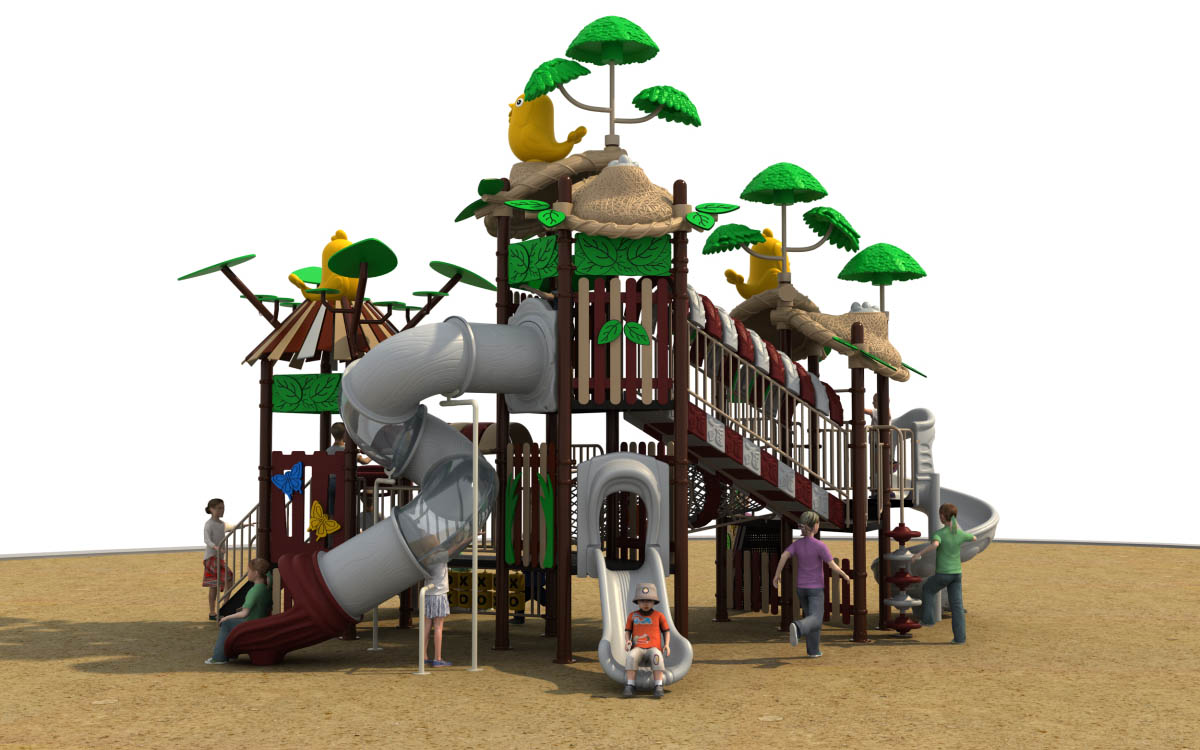
What makes infant outdoor playground equipment different from outdoor playground equipment for preschool in terms of safety features?
The main difference between infant outdoor playground equipment and outdoor playground equipment for preschool lies in the safety design. Infant outdoor playground equipment prioritizes low-to-the-ground features, soft surfaces, and rounded edges to minimize the risk of injury. For instance, slides and climbing elements for infants are typically shorter and less steep, reducing the chance of falls. Additionally, materials used in infant outdoor playground sets are non-toxic and softer, ensuring that infants can explore without risk of injury.
In contrast, outdoor playground equipment for preschool is designed to challenge older children with more complex activities such as climbing walls, swings, and more dynamic play equipment. While safety is still a concern, the design accommodates children with more developed coordination and motor skills. Therefore, the safety features in infant outdoor playground equipment are tailored specifically to the developmental needs of very young children.
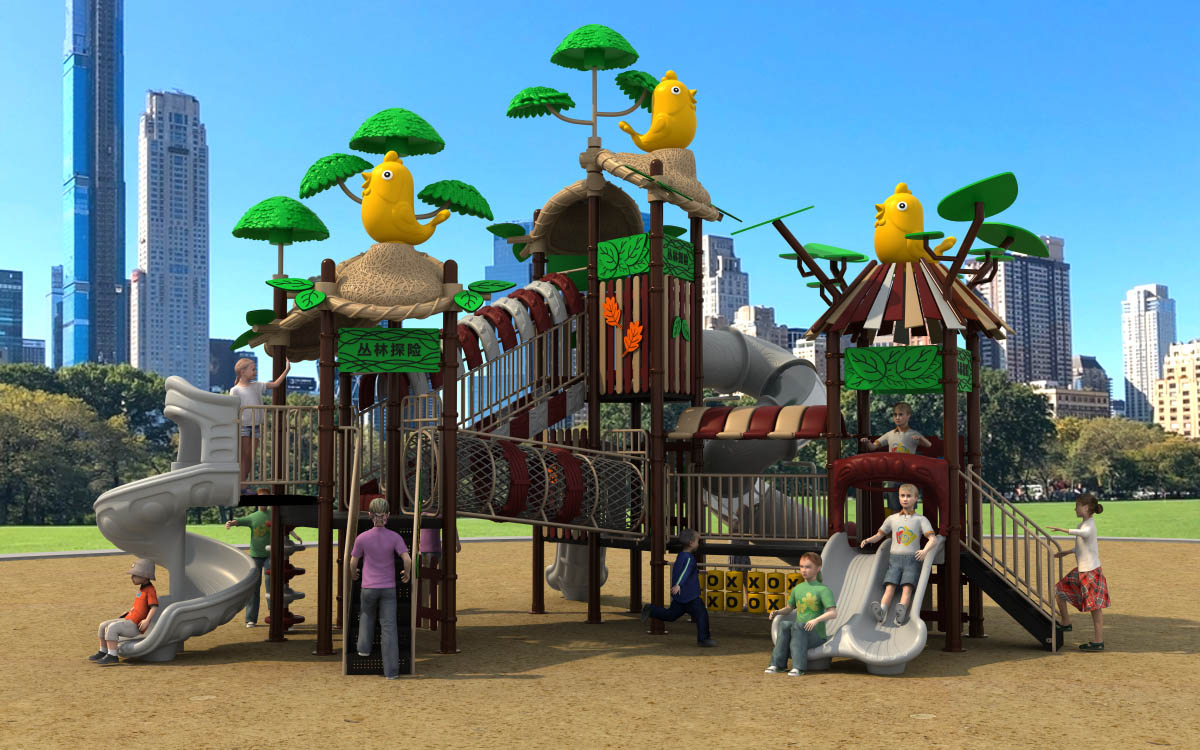
How does the material of infant outdoor playground sets affect their long-term durability?
The durability of infant outdoor playground sets is largely determined by the materials used in their construction. High-quality outdoor plastic playground materials, for instance, offer long-lasting performance and are resistant to harsh weather conditions like rain, UV rays, and temperature fluctuations. This ensures that the equipment remains safe and durable over time. Outdoor plastic playground set materials are lightweight, strong, and often designed to resist cracking or fading, which makes them an excellent choice for outdoor playgrounds that need to stand up to frequent use.
In addition to outdoor plastic playground materials, other components such as stainless steel or weather-resistant wood are sometimes incorporated to add extra strength. Proper material selection ensures that the infant outdoor playground remains safe for children while requiring minimal maintenance over the years. This is especially important for environments such as daycare centers or community playgrounds, where the equipment must endure frequent use.
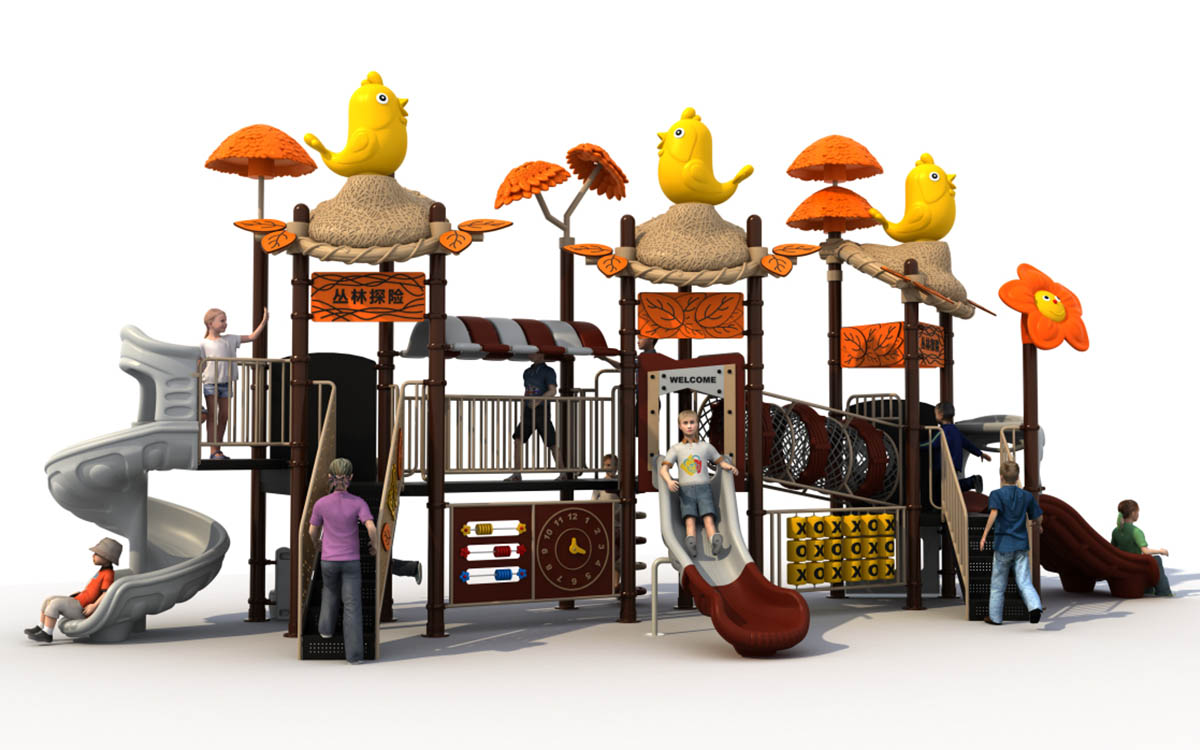
Can outdoor plastic playground materials be used in infant outdoor playground designs to increase safety?
Yes, outdoor plastic playground materials are a great option for infant outdoor playground designs because they are soft, durable, and non-toxic. These materials help reduce the risk of injury by providing smooth surfaces and eliminating sharp edges. For example, outdoor plastic playground slides, swings, and tunnels are often constructed with molded plastic that is both comfortable and secure for infants. Additionally, plastic playgrounds are resistant to weather elements, making them a long-term investment for outdoor spaces that need to withstand the elements.
Another benefit of outdoor plastic playground set materials is that they can be easily cleaned and sanitized, which is particularly important in daycare environments or other spaces with high child traffic. The non-porous nature of plastic ensures that dirt and germs are less likely to accumulate, helping maintain a hygienic and safe play environment for infants.
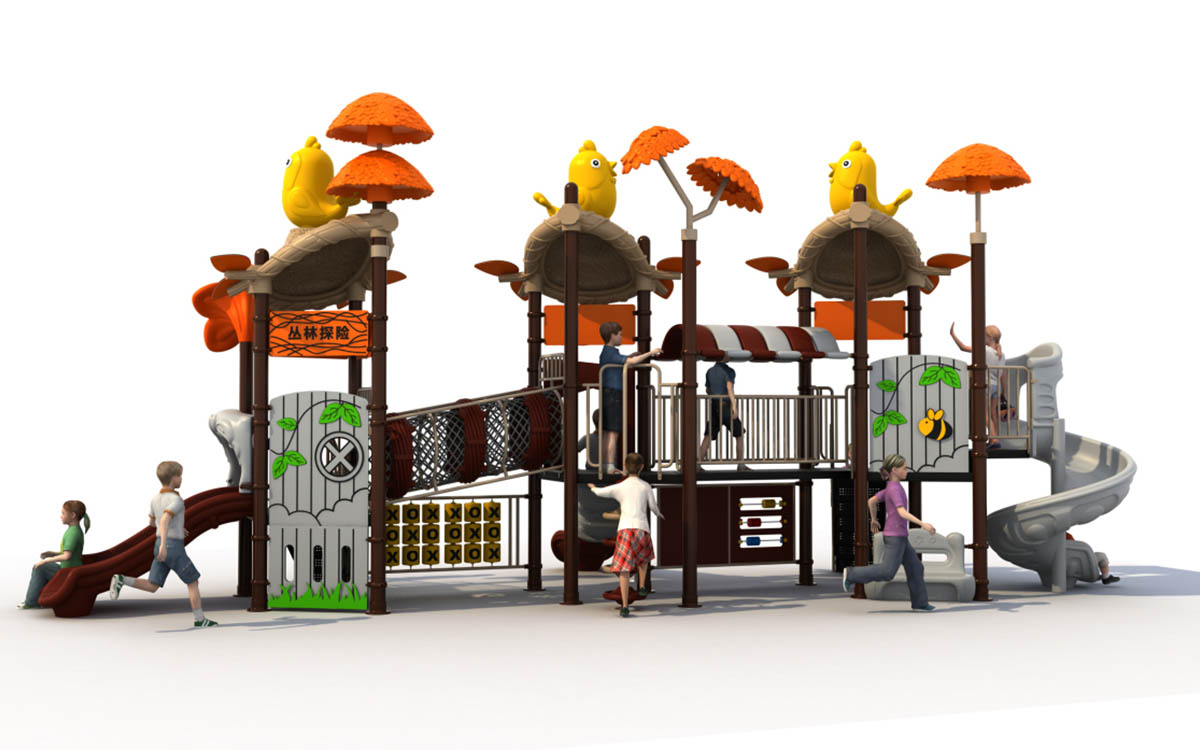
What are the benefits of using outdoor plastic playground sets for infant-focused daycare centers?
For infant outdoor playground designs in daycare centers, outdoor plastic playground set equipment offers numerous benefits. First, plastic materials are soft yet durable, making them ideal for infant play. The smooth, rounded edges of plastic playground equipment minimize the risk of injury, which is crucial in environments where infants are learning to crawl, stand, and walk.
Outdoor plastic playground set designs are also customizable, allowing daycare centers to create a play space that’s not only safe but engaging for young children. Additionally, outdoor plastic playground sets are easy to clean, which helps daycare centers maintain a sanitary environment. Given the frequent exposure to outdoor elements, these playground sets are resistant to weathering, ensuring they remain in top condition for longer periods.
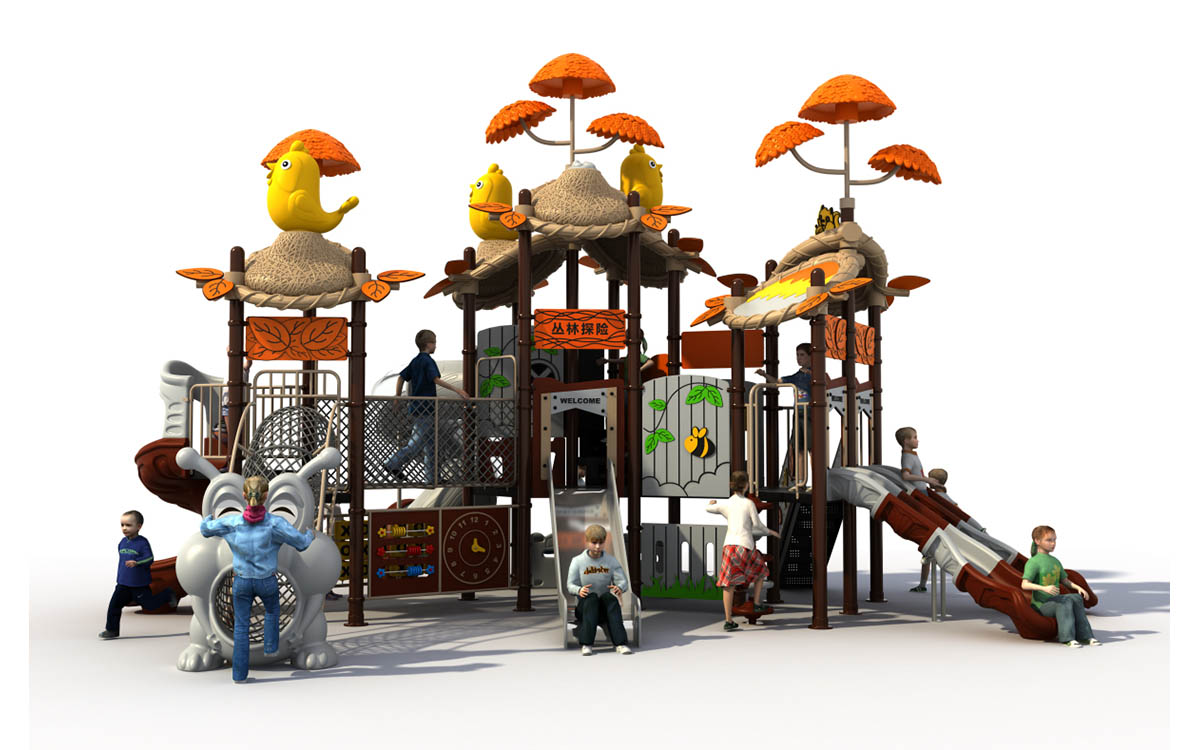
How can daycare outdoor playground equipment be specifically tailored to suit the needs of infants?
Tailoring daycare outdoor playground equipment for infants involves focusing on age-appropriate features that prioritize safety, sensory development, and physical growth. For example, soft climbing structures, low slides, and crawling tunnels designed specifically for infants ensure they can explore without risk. The use of non-slip surfaces and shock-absorbing materials like rubber or plastic helps to prevent falls and injuries.
Moreover, the incorporation of sensory elements, such as textured panels or mirrors, can engage infants in cognitive development while promoting motor skills. By focusing on these features, daycare outdoor playground equipment can be adapted to meet the specific needs of infants, allowing them to explore safely while fostering growth.
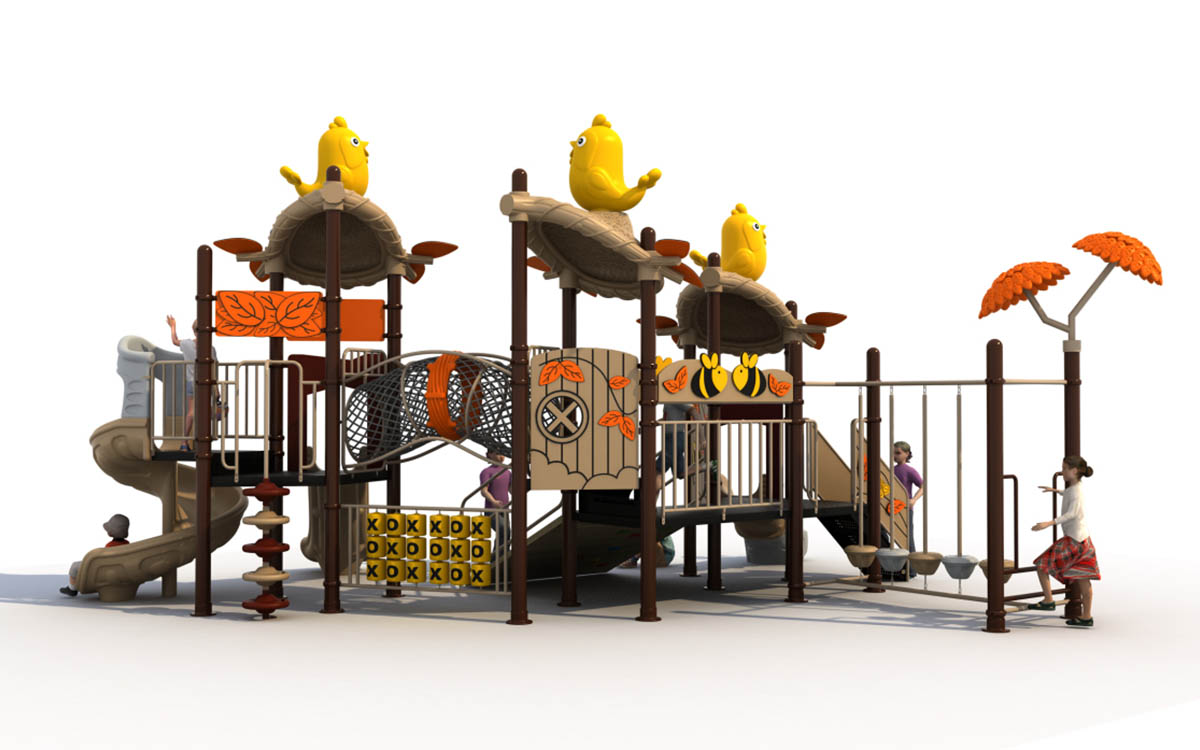
Conclusion
Creating a safe and engaging infant outdoor playground requires selecting the right equipment, materials, and design features that prioritize safety while promoting development. By using high-quality, weather-resistant outdoor plastic playground set materials, daycare centers and public parks can ensure that children play in a secure environment that encourages physical and sensory growth.
Long-Term Value of Infant Outdoor Playground Investment
Investing in an infant outdoor playground is more than just installing equipment—it’s about creating a long-lasting, developmental environment. By selecting modular components and weather-resistant materials, such as UV-stabilized plastic and rustproof hardware, your playground remains visually appealing and functionally safe over the years. For childcare providers, schools, and community spaces, this minimizes repair costs and maximizes usability across seasons.
Moreover, well-designed infant outdoor playgrounds help institutions build a positive reputation among parents who prioritize early development and safety. The visible commitment to child well-being fosters trust and encourages long-term enrollment and engagement.

Designing for Curiosity and Exploration
An ideal infant outdoor playground should spark exploration while keeping young children safe. Open-ended play features like crawl-through tunnels, tactile panels, and baby-sized slides stimulate imagination and motor coordination. Bright colors and sensory elements also contribute to visual and cognitive development.
By blending safe structure with interactive features, a thoughtfully designed infant outdoor playground becomes more than a play area—it becomes a foundational space where infants build confidence, mobility, and early social skills. Whether for a daycare or public facility, integrating these principles ensures your playground meets the highest developmental and safety standards.
Prioritizing Infant Needs in Outdoor Play
Every infant outdoor playground should be designed with the unique developmental milestones of babies in mind. Infants benefit most from simple, predictable environments that gently challenge their growing mobility and cognitive skills. Providing stable handholds, padded surfaces, and enclosed crawl spaces creates a nurturing space where infants can safely explore their surroundings. Equipment should be scaled to infant proportions, allowing safe interaction without overstimulation or hazard.

Community Spaces that Support Early Growth
In parks, residential developments, or daycare centers, an infant outdoor playground serves as a hub for early learning and community interaction. Caregivers and parents gain peace of mind from safe, hygienic play areas, while children benefit from enriched sensory input and social exposure. Strategically placing infant zones near shaded seating areas, walking paths, or older kids’ play zones encourages family-wide use and supports multigenerational engagement.
A Smart Investment in Early Childhood Infrastructure
Choosing to build an infant outdoor playground is not just a practical decision—it’s a statement of commitment to the youngest members of society. With proper planning, these spaces offer years of value, requiring minimal maintenance while supporting countless moments of joy and discovery. By focusing on durability, accessibility, and developmental alignment, your playground becomes a trusted asset to both children and the broader community.
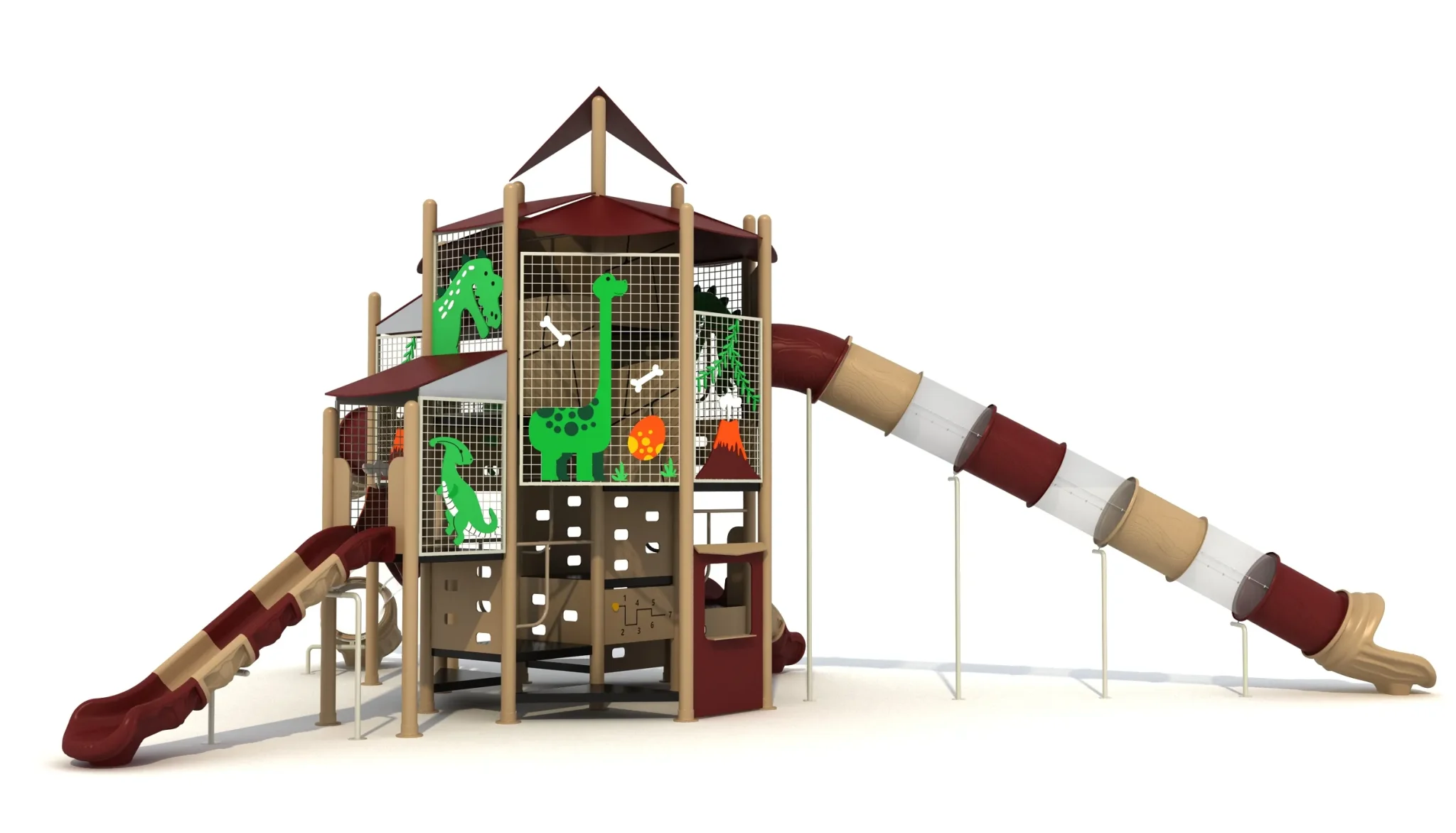
Enhancing Safety with Natural Integration
A well-designed infant outdoor playground doesn’t need to rely solely on manufactured equipment. Integrating natural elements—like soft grass mounds, shaded sensory gardens, and textured pathways—can enhance safety and engagement. These additions encourage sensory play while maintaining a gentle, baby-friendly environment. Using natural barriers such as low hedges or soft log borders provides subtle boundaries that help infants navigate space independently.
Age-Appropriate Zones for Smooth Transitions
Creating distinct developmental zones within an infant outdoor playground helps support early milestones. For instance, an area for tummy time with padded flooring can lead into a low-crawl tunnel or gentle slope. These micro-zones promote progressive motor skills without overwhelming young users. This thoughtful layout also supports caregivers, offering visual access to multiple areas while maintaining safety.

Encouraging Repetition Through Familiar Play
Infants thrive on repetition, and your infant outdoor playground should encourage it. Repeating familiar shapes, colors, and motions—like low climbing stairs or peekaboo windows—builds confidence and reinforces early learning. When children recognize patterns in their environment, they feel more secure and are more likely to engage in purposeful play. This consistency is key to building foundational motor and cognitive skills outdoors.




























